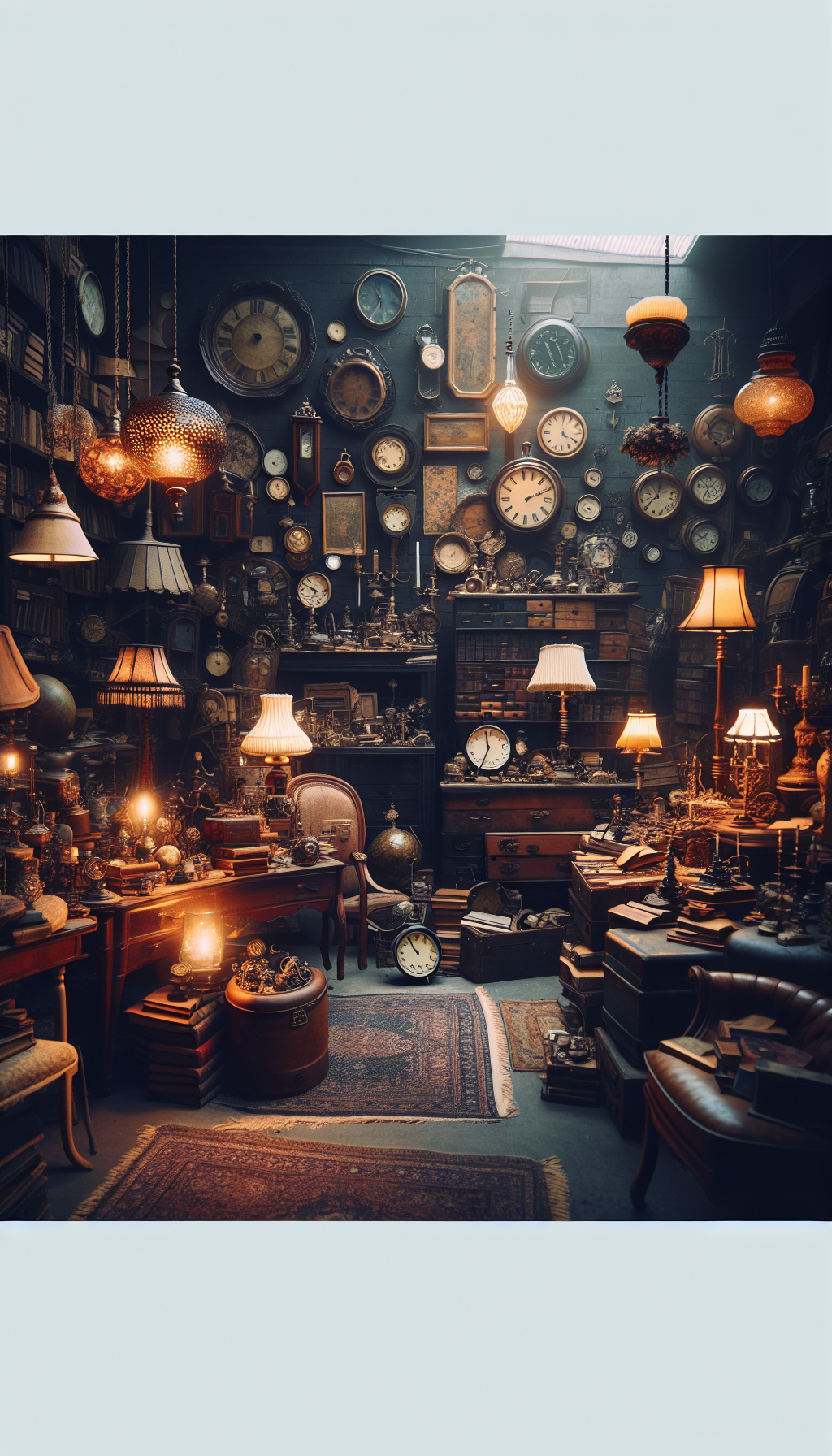An Original Painting By Christiane Lazard Xx Xxi
The label “An Original Painting by Christiane Lazard XX XXI” is the kind of auction- or gallery-style caption that can excite a collector—and raise a dozen practical questions. What exactly does the “XX XXI” mean? How do you verify the work is original and not a reproduction? What matters most when establishing value?
This guide breaks down the steps a careful collector or appraiser would take to research, authenticate, and evaluate an original painting attributed to Christiane Lazard, presumed active across the late 20th and early 21st centuries. It keeps to market-proven methods and conservator-informed practices, designed to help you make confident, defensible decisions.
What “XX–XXI” Usually Signifies—and Why It Matters
- Century markers: In French and European auction catalogs, “XX–XXI” (or “XXe–XXIe”) denotes the 20th–21st centuries. It typically indicates the artist’s period of activity, not necessarily an exact birth/death range.
- Cataloging nuance: Wording around the name is crucial. Terms you may see:
- “de” or no qualifier: generally indicates authorship by the named artist.
- “attribué à”: attributed to; credible opinion but not certain.
- “atelier de” or “studio of”: made in the artist’s workshop, not necessarily by the artist’s hand.
- “entourage de” or “circle of”: by a contemporary closely associated stylistically.
- “dans le goût de” or “style of”: later work in the manner of the artist.
- “d’après”: after; a copy after a known composition.
- “portant une signature”: bearing a signature; signals caution—signature may not be original to the work.
- Why it matters: These qualifiers materially affect both authenticity confidence and market value. For a serious appraisal, document the exact cataloging language used by sellers past and present.
First-Pass Identification: Subject, Medium, Support, and Build
Begin with a non-invasive survey, noting observable facts. Photograph in diffuse daylight and under raking light from multiple angles.
- Subject and composition: Record dominant subject (landscape, figure, abstraction), palette, and compositional complexity. Subject matter can influence demand.
- Medium clues:
- Oil: slower-drying, may show soft blending, impasto that retains brush ridges, potential age craquelure; often a faint linseed scent in older works.
- Acrylic: typically introduced mid-20th century to studios; dries fast, can show crisp edges, sometimes a plastic-like sheen; under magnification, may present different surface topography than oil.
- Watercolor/gouache: on paper; watercolor is transparent; gouache is opaque, matte; check for blooming, pooling, or chalky passages.
- Mixed media: note collaged elements, graphite, ink overlays, or textured gels common in late 20th-century practice.
- Support and build:
- Canvas: Look at the reverse. Pre-stretched machine-woven cotton duck with staple-mounted stretchers tends to post-date mid-century; older canvases often use wooden keys and tacks.
- Panel or board: Identify hardboard, plywood, or prepared artist panels; note manufacturer stamps or labels.
- Paper: Check for watermarks, deckled edges, and weight; acid burn or overall toning informs age and storage history.
- Ground and preparation: A white acrylic gesso ground points to a late-20th-century or later timeline; traditional oil priming has a different feel and translucency.
- Dimensions: Measure image and framed sizes precisely. Size is a major factor in valuation and comparables research.
Record all of the above as neutral facts before drawing conclusions.
Signatures, Inscriptions, and Tells That Merit Extra Attention
A signature is data—not proof. Inspect, don’t assume.
- Placement and execution: Common locations are lower right/left or verso inscriptions. Is the signature integrated into wet paint (ideal) or floating atop varnish (red flag)? Under UV, added signatures often fluoresce differently than the field.
- Consistency: Compare letterforms, slant, pressure, and any monogram or flourish across known examples by the artist, if available. Minor variation is expected; wholly different hands are suspect.
- Dating and language: French-language inscriptions (e.g., “à…,” “pour…,” “mai,” “juin,” “Paris”) can contextualize provenance. Cross-check date format with the medium’s plausibility (for example, an acrylic dated 1940 would be atypical).
- Verso evidence: Look for gallery labels, exhibition stickers, supplier stamps, or handwritten notations (title, inventory codes). Photograph all labels before any frame removal.
- Added or reinforced signatures: Under magnification, later-added signatures often sit on top of dirt/varnish layers or show incongruent aging. Note and disclose any such observations in reports.
If you suspect a later added signature, pause valuation until authorship can be more securely resolved.
Provenance: Building a Credible Chain of Ownership
Verifiable provenance strengthens both authenticity and market value.
- Start with what you have: invoices, receipts, emails, photographs of the work installed in prior owners’ homes, certificates, or correspondence. Note dates and full names.
- Corroborate with physical clues: Do the names on labels match the paperwork? Do the dates align with the materials and style?
- Institutional breadcrumbs: Exhibition checklists, local press clippings, or gallery announcements can be key. Libraries and regional archives often hold exhibition ephemera not found online.
- Name clarity: Confirm the artist’s identity. “Christiane Lazard” could be conflated with similarly spelled names. Check for middle initials, alternate spellings, or married/maiden names in documents.
- Gaps and transparency: If there are provenance gaps, state them plainly. A transparent, partial chain is better than an embellished one.
When possible, contact living artists or estates for confirmation of authorship or to register the work; maintain a written record of responses.
Market Research and Valuation Framework
A reliable valuation rests on comparable sales, quality, and condition, weighted by market context.
- Build comparables:
- Look for works by Christiane Lazard of similar medium, size, subject, and period.
- Prioritize realized prices over asking prices. Note whether sales were auction (hammer + premium) or retail.
- Consider geography: regional markets can price differently from international sales.
- Quality and subject premiums:
- Signature motifs or particularly desirable subjects often carry a premium.
- Early or peak-period works may outperform later period works by the same artist.
- Size and complexity: Larger, fully resolved compositions typically command higher prices than sketches or small studies, all else equal.
- Condition adjustments:
- Deduct for tears, significant paint loss, overcleaning, discolored varnish, water damage, or invasive restorations.
- Minor, well-executed inpainting documented by conservators may have modest impact.
- Authorship certainty:
- “By” versus “attributed to” can be an order-of-magnitude difference. Clearly state your confidence level and the evidence supporting it.
- Market pulse:
- Thinly traded artists may show price volatility; avoid over-weighting single outlier results. Present ranges with context, not singular numbers without explanation.
Document your data sources, search dates, and any assumptions. For formal appraisals, comply with USPAP or relevant professional standards.
Condition Factors Common to Late 20th–21st Century Paintings
Materials used in the late 20th century onward present distinct conservation profiles.
- Acrylic paint films:
- Can be sensitive to solvents and even water; avoid household cleaners.
- Accumulate embedded dust due to tacky surfaces; dry, soft microfiber only, and even then cautiously.
- Varnishes:
- Many modern works are unvarnished; others use synthetic varnishes with different aging behaviors than natural resins. Yellowing patterns are diagnostic clues.
- Supports:
- Canvas slackening is common; tension adjustments should be minimal and ideally left to a professional to avoid corner splitting or paint cracking.
- Hardboard (Masonite) can off-gas or warp if improperly sealed; inspect edges for delamination.
- Mixed media and collage:
- Adhesives may creep or discolor. Test nothing; note condition and refer to a conservator.
- Environmental histories:
- Look for nicotine films, soot particulates, or mold ghosts—each implying cleaning challenges or health precautions.
Before any cleaning or intervention, consult a conservator. Uninformed cleaning can permanently alter surfaces, especially matte acrylics and gouaches.
Authentication and Due Diligence: When to Bring in Specialists
If the painting’s value or risk profile warrants it, consider deeper examinations.
- Technical imaging:
- Ultraviolet: detects restorations, varnish layers, and some signature additions.
- Infrared reflectography: reveals underdrawing or compositional changes.
- X-radiography: shows structural issues, nail patterns, prior compositions.
- Material analysis:
- Pigment and binder analysis can flag anachronisms (e.g., pigments unavailable at the purported date).
- Paper and canvas forensics:
- Watermarks, manufacturer stamps, and thread count patterns can narrow date ranges.
- Handwriting/signature analysis:
- Compares letterforms with authenticated examples; supportive, not definitive.
- Appraisal and expert opinion:
- Engage a credentialed appraiser with fine art specialization.
- If an artist’s estate or recognized expert exists, their opinion may be decisive in the market.
Keep a clear audit trail: who examined the work, when, what methods were used, and their conclusions.
Practical Checklist
- Record exact cataloging language, including any qualifiers.
- Photograph recto/verso, edges, signature, labels, and condition issues in good light.
- Identify medium, support, and ground; note size unframed and framed.
- Inspect signature under magnification and, if possible, UV; document findings.
- Compile and verify provenance documents; align them with physical labels.
- Research comparable sales by medium, size, subject, period, and region.
- Assess condition; note restorations and their market impact.
- Decide whether expert technical analysis or a formal appraisal is warranted.
- Prepare a brief condition and valuation summary with confidence level stated.
Short FAQ
Q: What does “An Original Painting by Christiane Lazard XX XXI” actually mean? A: It typically signals a unique work (not a print) attributed to Christiane Lazard, with the artist active in the 20th–21st centuries. Confirm whether the listing states “by,” “attributed to,” or other qualifiers, as these affect certainty and value.
Q: How can I quickly tell if it’s a painting or a print? A: Use a loupe. Paint shows varied brush texture and layers; prints often reveal uniform dot patterns or flat color fields. Check edges for plate marks (intaglio) or screen edges (serigraphy), and look for impasto—rare in prints.
Q: Is it safe to clean surface grime myself? A: Avoid solvent or water-based cleaning, especially on acrylics and gouache. Light dusting with a soft, dry microfiber cloth on robust, varnished oils may be safe, but when in doubt, consult a conservator.
Q: What documentation most strengthens authenticity? A: A coherent chain of provenance (invoices, dated photos, gallery labels) aligned with stylistic and material analysis. Where available, an estate or artist-issued confirmation carries weight.
Q: Do frames matter for value? A: Yes. Period-appropriate, high-quality frames can add value and context. However, frames are generally secondary to the painting’s authorship, quality, and condition.
Closing Notes
An original painting attributed to Christiane Lazard calls for the same disciplined approach you’d apply to any 20th–21st-century work: precise description, careful material observation, provenance corroboration, and comparables-driven valuation. Treat each piece of evidence as one point in a constellation—no single factor should outweigh all others without support. When the stakes justify it, rely on qualified conservators and appraisers to deepen the analysis. With thorough documentation and clear reasoning, you’ll arrive at an appraisal that’s both defensible and market-aware.




